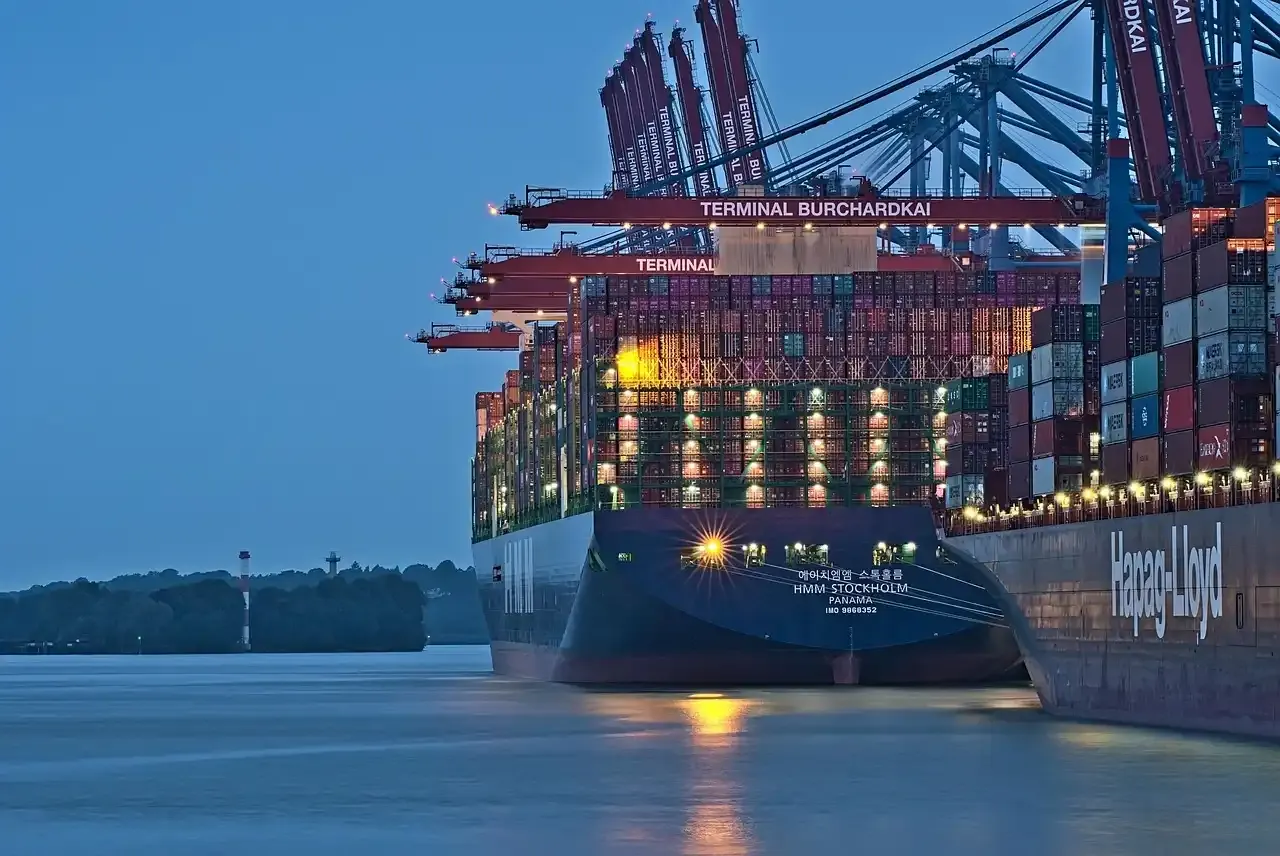
Trade Crossroads: What the Latest U.S.–India and U.S.–China Talks Mean for the Global Economy
🧭 Introduction: The World’s Economic Tug of War
In 2025, global trade resembles a high-stakes chessboard. Each move between major economies like the United States, India, and China carries not just economic consequences—but strategic ones.
With President Donald Trump back in the White House, U.S. trade policy has once again taken a sharp, transactional tone. Two major trade negotiations are dominating headlines: one with India, a rising economic powerhouse, and another with China, America’s long-standing rival and largest trading partner.
What unfolds next will influence supply chains, market access, and geopolitics for years to come.
U.S.🤝India Trade Talks: Quiet Diplomacy, Big Stakes
🔄 The 90-Day Countdown
In early April 2025, the U.S. and India entered a 90-day tariff pause, temporarily freezing certain trade duties and opening a window for finalizing a broader agreement. That window ends on July 9.
India’s External Affairs Minister S. Jaishankar recently shared:
“We are hopeful of finalizing the agreement before the 90-day pause ends.”
This isn’t just about economics—this is about redefining the trajectory of the world’s two largest democracies.
📦 What's On the Table?
India has offered to cut tariffs on over 50% of U.S. imports, totaling about $23 billion in goods. In return, the U.S. is pushing for greater access in sectors like:
Agriculture (dairy, pork, apples)
Clean energy components
Electric vehicles and semiconductors
Digital services and pharmaceuticals
Trade officials from both sides have been shuttling between New Delhi and Washington, with Indian Commerce Minister Piyush Goyal leading recent negotiations in D.C.
🎯 “Mission 500”: The Bigger Goal
The strategic ambition is clear: double bilateral trade to $500 billion by 2030.
But the road ahead isn’t smooth. India is cautious about fully opening sensitive sectors like agriculture, and U.S. negotiators are pushing hard on regulatory and digital policy alignment.
“It’s a complex process—nothing is agreed until everything is,” Jaishankar said, emphasizing India’s methodical approach.
U.S. 🆚 China Trade Talks: Fragile Progress
🧊 Geneva Truce, London Talks
On May 12, the U.S. and China agreed to a 90-day tariff truce, sharply reducing key tariffs—U.S. from 145% to ~10%, China from 125% to 10%.
This “reset” followed tense negotiations in Geneva, with follow-up sessions taking place in London on June 9–10.
“Talks went really well, and we have a roadmap now,” said U.S. Commerce Secretary Howard Lutnick.
But while the mood has shifted, underlying distrust remains—especially around technology, semiconductors, and critical minerals.
📉 Warning Signs in Trade Data
Despite the truce, China’s exports to the U.S. plunged 34% in May, the steepest fall since early 2020. This reflects lingering friction and a slow shift in U.S. import patterns—toward India, Vietnam, and Mexico.
Meanwhile, U.S. businesses remain cautious, wary of sudden policy reversals under Trump’s tough trade doctrine.
📈 Market Reactions
Markets have responded with cautious optimism:
Sensex and Nifty rallied on signs of a U.S.–India breakthrough.
Global equities bounced post-Geneva, but U.S. futures dipped amid lack of details.
Investor sentiment hinges on whether Trump and Xi Jinping officially sign off on the “handshake” framework.
⚠️ Key Risks and Uncertainties
Risk Factor | U.S.–India | U.S.–China |
|---|---|---|
Tariff Deadline | July 9, 2025 | August 2025 (pending extension) |
Political Influence | Trump wants fast wins | Trump–Xi relationship cautious |
Legal Challenges | U.S. courts reviewing trade policy | Tariff appeals still ongoing |
Strategic Concerns | Indo-Pacific & defense pacts | Taiwan, tech sanctions remain |
🧭 Final Takeaways
These trade talks are not just about commodities and customs—they’re about global power realignment.
A successful U.S.–India deal could boost “Make in India,” reduce dependency on China, and deepen Quad cooperation.
A fragile U.S.–China understanding may reduce near-term tension but leaves long-term issues unresolved.
The world is watching whether Trump’s return to power results in decisive trade deals or disruptive new tariffs. Either way, the outcome will ripple through economies, boardrooms, and supply chains around the world.
📅 What’s Next?
July 9: End of U.S.–India tariff truce
Late July–August: Trump and Xi expected to meet on sidelines of G20
September: G20 Trade Summit in Brazil—possible announcement of final deals
For more insights on global markets, trade diplomacy, and economic shifts, follow share market bulls. We break down complexity—into clarity.
Happy trading!
